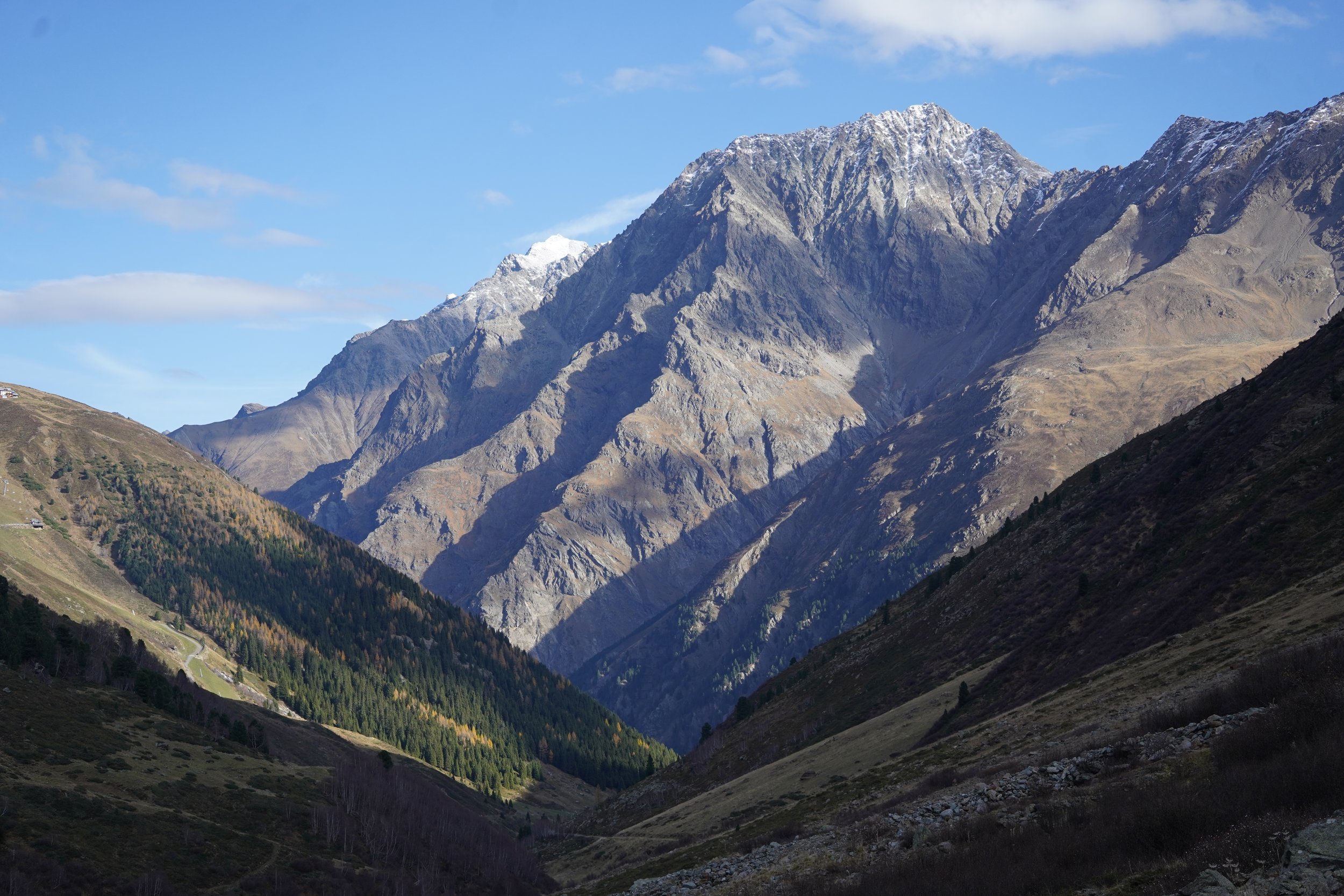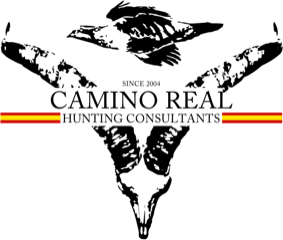Alpine Ibex, the King of the Mountains
Austria: tradition to its maximum expression
Amongst all the European countries, Austria is, without any doubt, one of those destinations in which its long hunting traditions mean to go back in time, forget about high technical-camouflage clothing, and stick to the unwritten laws of prioritizing an astonishing respect towards the harvested game. In Austria, hunters wear hat, not cap. Walnut-stocked rifles prevail over synthetic ones, and last but not least, guides prefer the straight-view spotting scopes rather than the angled ones. It is how it is.
Austria is also home for amazing mountains. The Alps, which cross the country from West to East, host a rich variety of game amongst which Roedeers, Fallows, Red Stags, Wild Boars, Mouflons, Chamois and Alpine Ibex are plentiful. These two last ones attract more international hunters and are the reason why, since the early 90s, we have never missed a year of hunting in the Alps.
Alpine Ibex geographical distribution and hunting areas
Around 1900, the Alpine Ibex population was only found in two isolated areas of northern Italy -in the National Park of Grand Paradiso- and in the Valley of Maurienne, France. It was in 1906 when the first Ibex reintroductions took place throughout the whole Alpine range, with Switzerland becoming the country with the highest allocation of resources to the reintroduction programs.
These reintroductions turned out being very successful and it is the reason why, today, the Alpine Ibex population is well distributed throughout most parts of the Alps, to a point that it has already become a concern in some places due to an uncontrolled increase in the number of individuals.
Currently, Alpine Ibex can be hunted in Slovenia and Austria, and until a couple of years ago, we could also hunt them in Switzerland, in the Canton du Valais, the only region to which international hunters could gain access to hunt. Although there are rumours circulating around saying that hunting could open again, there is no evidence that this will happen in the short run. For organization purposes, country know-how and the special feeling that the Alps awakens in all of Camino Real’s team, Austria is our preferred destination when it comes to Alpine Ibex hunting.
Travel: how to get to Tyrol?
Beyond the hunting possibilities and the spectacular setting that it offers -surrounded by infinite forests and mountains- Austria is very easy accessed from any point in Europe, plus being a gun friendly country means that traveling with rifles is hassle free and easy going.
Due to logistic reasons, our transfer in this last trip to Austria had to be done by car, although it is usually more convenient to fly to Innsbuck, Vienna or Munich, located between 2 and 4 hours away from our exclusive hunting areas.
Arrived in Tyrol, hence, being in the heart of the Austrian Alps, the villages -built with an exquisite taste and close to some of the best ski resorts in Europe- offer an amazing variety of accommodation facilities, ranging from comfortable and cozy lodges to luxury mountain hotels. Despite being a serious mountain hunt -with all that means- this offers a great advantage compared to other similar hunts, where access to a good accommodation is usually very limited.
A hunt for which Daniel had been waiting a long time
Just a few weeks later after returning from Mongolia, where Daniel had successfully completed his hunt for Altai and Gobi Ibex -also through us-, it was finally time to go to Austria in pursue of his long-lasting dream: the Alpine Ibex!
Despite having a high density of Alpine Ibex, the annual hunting quota in our free-range areas is very limited, which translates into a reduced number of permits available per season. Given the low hunting pressure and considering the quality of our areas, the expectations of harvesting an adult male well over 10 years old are definitely there. Furthermore, although being a true mountain hunt, we contemplate a total of 3 hunting days with 100% success rate, being bad weather the only factor which could limit us a bit. To avoid this, we strongly suggest this hunt to take place no later than early-November. Otherwise, access to the hunting area could be compromised due to the heavy snows.
As any other mountain hunt, 100% of it is done on foot, although some places have forestry roads that can take us halfway up the mountain. Most hunts take place between 1,800 and 2,500 meters above sea level. This is the reason why every hunter looking forward to accomplishing this hunt must be in good physical condition. Daniel, who had just returned from Mongolia, was very well trained. As we always say, a good physical condition and being well trained is not simply for the right development of the hunt itself, but to ensure that the hunter is able to enjoy the experience of hunting such an exclusive animal -the king of the European mountains-.
Besides the limitation in the number of tags available in our free-range areas -in property estates we have slightly more flexibility- the hunting grounds, together with the professional skills of the local guides and the high Ibex populations, is what makes this hunt a “must” for every mountain hunter in the world. These, and the unquestionable beauty of the Alpine Ibex is what pushed Daniel to book his hunt.
Time to get ready!
As we arrived to what it would be our home for the next few days, our guides were already waiting for us. They wanted to check Daniel’s rifle before sunset to try and gain as much time as possible on the next day. In contrast to other European countries, it is strictly mandatory to try the rifles at 200 and 300 meters before the hunt starts. A couple of shots with Daniel’s single shot Blaser was more than enough to verify that everything was set and ready. This allowed us to go for a drive around and get to show Daniel a couple of nice spots before heading for dinner.
Every village in the region of Tyrol is charming. Being a remote place of the Austrian Alps, I find it very surprising how much life do these villages have during the week, considering that we were in the middle of October. Even to find a nice restaurant for a welcome dinner was not as easy as we would expect at this time of the year. Close to one of the most well-known glaciers in the country, this part of Tyrol concentrates numerous ski professional teams that come here to train during the preseason. In fact, I was thrilled to come across the Spanish National Ski Team. They were very surprised to know that a compatriot had travelled such a long way to go hunting. During our stay, we were lucky to visit some fantastic restaurants in the area.
The moment of truth!
One of the great advantages of hunting in places like Austria or Spain, compared to other mountain destinations is that our guides, aware of a hunter arriving shortly, will do daily prescouting in order to have a very reasonable idea of where the billies are. Given the immensity of the mountains, this task is very important, and it is one of the reasons why we have a 100% success rate in Alpine Ibex hunts.
In conversations with the local guides, they informed me that days before we arrived, a very big Ibex had been spotted. Over 10 years old, they had seen him way above some younger ones, always by himself. He would not allow other males get close to him nor feed on the same grasslands. Late afternoon, right before dusk, the Ibex would go down to feed on greener shoots in a more sheltered area where he would spend the night. At dawn, with the sun’s first rays of light, the Ibex was propense to go up again into an almost inaccessible place.
At 6:30 am on the first day of the hunt, the guides came to fetch us at the hotel. We needed to be up in the mountains before dawn with the only purpose of locating “our” Ibex before he could reach the skies and get lost forever. Our intention was to get him on the first day and if we failed, we would try for another beautiful Ibex that the guides knew of in another place. After driving for 45 minutes, we stopped the car to continue on foot.




Right after leaving the car, we started spotting the first groups of Ibex. The light was still very dim, and we could only see youngsters with females. No signs of the boss, though. We thought that it would be a good idea to just wait for him to be the one making the first move. For half an hour we sat quietly and carefully glassed through every gap in the mountain. Not an easy task when the terrain is so broken.
We were just about to start packing our things to continue climbing up when time stopped for all of us. We all went silent. Out of nowhere, majestic, the king of the mountains, came to stand on top of a rock. Speechless. As the image comes back to my mind, I wish I could go back in time to admire this fabulous animal again. A few seconds were more than enough to know that that was the ibex we were after. Quickly, we packed our bags again and planned the stalk. The 750 meters that separated us from the ibex did not seem such a long distance in the beginning, however, the steepness of the mountain forced us to go very slowly, thinking where to put every step. Time went by and slowly, the Ibex started his way up, losing sight of him.
For a long time, we could not see where the Ibex had gone. There was no other choice than to keep on climbing hoping to see him again. I personally prefer not to lose sight of an animal that I am stalking. You may think animals walk slowly, but I have seen game disappearing in the distance way quicker than what I could had ever expected. On our way up, we saw plenty of Ibex and Chamois everywhere. Their population in this part of the Alps is also amazing, allowing a great combination hunt.




We finally reached a point from where we all thought we would locate the Ibex again. Cautiously, we crossed a ridge of rocks and started glassing every square meter of the mountain. Nothing! Where is he -we questioned ourselves-? All of a sudden, as we turned our heads to our left, we located him much closer than we thought he would be. He was totally unaware of our presence. Decisively, and without much hesitation, Daniel quickly got on the ground looking for a good rest. The terrain made it difficult, but as he piled up the different backpacks, he found himself in a very comfortable position. Whenever you’re ready and he’s perfectly broadside, squeeze it right under his shoulder -I told him-. The rumbling of Daniel’s 270 echoed and through my camera I could see that the Ibex was ours. What a shot! A 13-year-old monarch with the most beautiful coat that I have ever seen in any other mountain animal. Conflicting emotions.







One only starts working when the Ibex is down
Putting your hands for the very first time on an animal of this kind is, indeed, a very special moment. After reaching the Ibex, contemplating him for a few minutes, and taking as many pictures as Daniel wanted, the real work started. In Austria, you are obligated to bring the whole animal down. No carcass is meant to be left in the mountain. The Alpine Ibex is a robust and solid animal. An adult male can easily get anywhere between 90-100 kg, which means that, bringing it down is no easy task, especially in this kind of terrain. Cutting him in half, each guide would carry his part all the way down to the car. It is not only for the meat -which is a delicacy- but another way of showing respect to the harvested game.
Stunning panoramic views: the best way to say goodbye until next year





Austria, a unique destination for mountain hunters
Nobody who has been to Austria can deny they beauty of its mountains. When it comes to its two main mountain species -Chamois and Alpine Ibex- the hunting quota restrictions in the country, has turn Austria into an exclusive hunting destination, where access to permits has become quite limited. It is for this reason that getting in touch with a skilful professional team may be the only feasible way to obtain one of the very few permits available. We encourage anyone planning to hunt in Austria, who is willing to get the special taste of hunting in such an amazing country to contact us directly.
Wishing you all a happy hunting and looking forward to meeting you soon.
Álvaro Mazón (Jr).




















